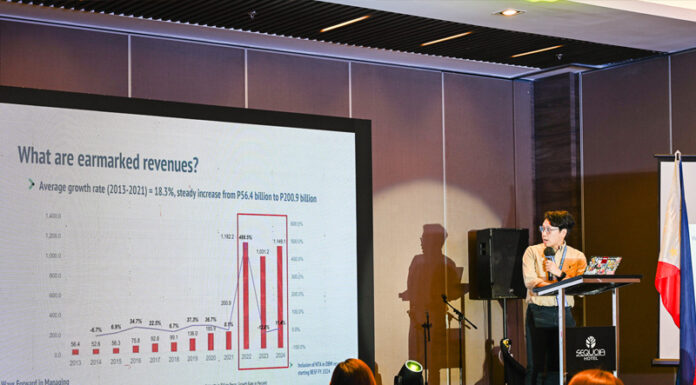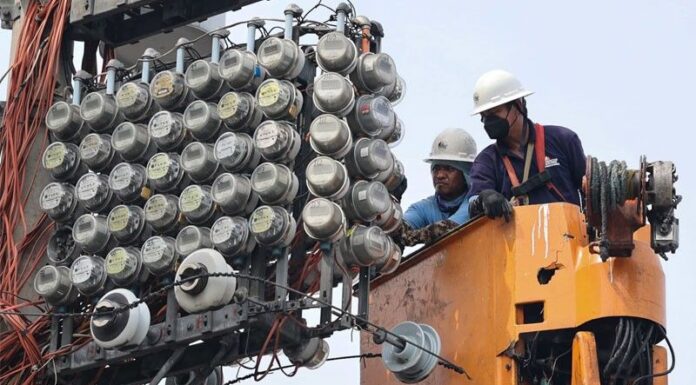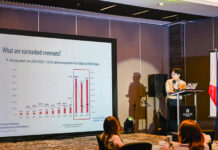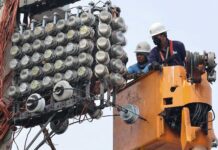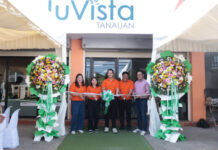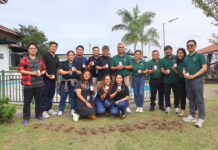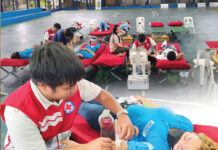AFGHANISTAN — Imagine losing your home, your family, and your sense of safety—all in a single night. That’s the harsh reality for the people of Masoud village in Afghanistan’s Kunar province, where an earthquake on August 31 shattered everything. Literally.
Not a single house is still standing. Out of 1,000 residents, 60 people lost their lives, and about 130 were injured when the ground shook and homes made of mud and stone collapsed. In total, more than 2,200 people across the region died in the disaster.
It took a few days, but a team from the International Committee of the Red Cross (ICRC) made it to the village—and what they saw was heartbreaking. Families are now living in makeshift shelters with almost no access to food, water, or medical care. Some are too scared to return to what’s left of their homes, fearing aftershocks.
Dawood Shah, a survivor, lost nine family members—his wife, kids, mother, and brother. “People don’t have houses anymore. They don’t have food,” he said. “Everything is under the rubble. There’s nothing left.”
And getting help there? Not easy. Landslides wrecked already fragile roads. “We had to walk three hours,” said Assadullah from a nearby district. “When we arrived, it looked like Judgment Day.” In some cases, helicopters were the only way to get the injured to hospitals.
The ICRC quickly stepped in with emergency medical supplies—IV kits, crutches, wheelchairs, and more—delivered to overwhelmed hospitals in Nangarhar and Kunar. “So far, we’ve helped around 1,100 injured people,” said Fahimullah, head of Nangarhar hospital. Many need long-term treatment for spinal injuries and broken bones.
Recognizing that recovery is more than just survival, the ICRC also sent out physical rehabilitation teams from their center in Jalalabad. They’re offering therapy to help survivors regain mobility—something that’s rarely prioritized but incredibly necessary.
On top of that, ICRC is providing vehicles to support ambulance services in Kabul and backing the Afghan Red Crescent Society (ARCS) with medical supplies. One of ARCS’s mobile teams is also visiting the hardest-hit areas weekly to provide basic healthcare.
But the damage goes beyond lives and injuries. The quake also crushed people’s livelihoods. Most villagers relied on livestock, but many animals were killed. Water systems were destroyed. Food and shelter are in short supply. In some areas, women and children are now begging by the roadside.
“These communities were already struggling with decades of conflict and climate disasters,” said Achille Després from the ICRC team. “Now this earthquake has made things even worse. They urgently need support.”
This isn’t just a story from far away—it’s a real, raw reminder of how fragile life can be, and how much impact humanitarian aid can have. If there was ever a time to care, it’s now.| – TMT Reportorial Team




